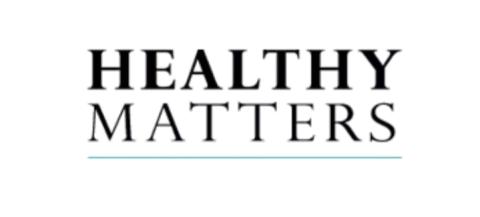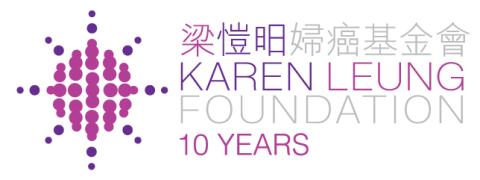About the Project
In collaboration with PHASE Scientific, the Karen Leung Foundation is offering 200 women a novel non-invasive cervical screening method via urine sampling for HPV DNA testing.
All women participating in Project SAFE will receive a FREE pap smear, combined with a HPV DNA test and a Urine test for women which have not been screen in the last 3 years.
Participants Guide
-
1

STEP 1
CLICK into the "Sign me up" button on the top right corner and register. PRINT the confirmation note. CALL Kinetics Integrated Medical and Health Centre within two weeks from your sign-up date to arrange an appointment for the FREE screening. Jordan - 3426 9771 Causeway Bay - 3520 3292 Tsuen Wan- 3101 4866 Shatin - 3704 7168 -
2

STEP 2
You will receive a FREE Cervical Cancer Screening consisting of a HPV DNA test, a Pap Smear and Urine test at Kinetics Integrated Medical and Health Centre -
3

STEP 3
Kinetics Integrated Medical and Health Centre will contact you for an explanation of your test results and to determine if further follow-up is needed.
FAQs
There is currently no treatment for HPV but often the infection clears naturally . In most women, HPV infections clear within two years of detection.
Vaccination works best for young girls before they are sexually active. However, it does not provide full protection. Hence, regular cervical cancer screening is recommended.
From April 2023 HPV DNA is recommended as the primary screening tool for cervical screening. Now countries around APAC have introduced self-testing for HPV DNA, but in Hong Kong sample collection method remains the same.
Programme & Promotion Partners




